We celebrate the star player but what about the one who made the pass
At Sparrowly Group, we’ve spent a lot of time recently reviewing and evaluating the role of the conduit, particularly in sectors like workforce development, tourism and education. It’s a recurring theme in our work. The people who operate between the lines, who bring others together, who connect insight with action. I’ve just finished writing and teaching a national training module on Partnerships and Advocacy for economic development professionals, and the same truth keeps emerging - the conduit role is critical, but too often it’s invisible.
I often wonder why we tend to overlook the value of being a conduit. Someone who connects ideas, people and opportunities. To many, it seems inconsequential, almost invisible. But those who understand this elusive skill - governments, and professionals of all stripes know better. They look for it. They cultivate it. Because they understand that the ability to be a clear channel, the hinge, is both rare and vital.
I’ve spent time observing the faint hum of these intersections. The moments where insights emerge, collaborations spark and momentum begins. These are often quiet exchanges. The right introduction, a well timed nudge, an auditory echo that travels farther than the original speaker. And yet, so many people dismiss this work as trivial or secondary.
Because it’s not about ego. It’s about presence. Being attuned to context. Listening to the subtle currents and helping the right voices surface. It’s about recognising the connective tissue between disciplines, mindsets and even emotions, then bridging those gaps.
So, why do we undervalue this skill?
And, perhaps more importantly, how do we place proper value on the role of the conduit? How do we ensure that the effectiveness and impact of this kind of work aren’t erased or overlooked?
To start, we need to name it clearly. If it isn’t recognised, it becomes invisible. Just as we wouldn’t overlook the importance of project management or data analysis, we need to formally acknowledge the role of a connector or conduit in organisational performance, professional evaluations and community leadership. This might include indicators like the number of cross-functional introductions made, successful transitions between teams, or feedback on how knowledge or opportunity was shared.
Recognition is also key. Whether through awards, informal acknowledgement or shared storytelling, we need to highlight the moments when someone’s quiet action helped to unlock something bigger - whether that’s an innovation, a cultural shift or simply progress that wouldn’t have occurred otherwise.
Beyond that, it’s time to embed this work structurally. Designating formal bridge roles in projects or decision making groups helps make the value visible. This might include liaison roles, integrators or cross-team facilitators. Rotational positions can allow team members to temporarily step into conduit roles, creating visibility and fostering deeper appreciation of the skill. Including these responsibilities in governance structures helps ensure that multiple perspectives are actively surfaced and used.
Another critical action is to track the ripple effects. Conduits often spark second or third order outcomes. Ideas that grow and evolve beyond the original spark. When we track the lineage of an idea, identifying who connected whom or what, we help to quantify impact and build stronger narratives around collaboration. And that a well used and managed CRM (or spreadsheet in lieu of) is critical.
That storytelling matters. We need to include connectivity moments in our project updates, retrospectives or leadership briefings. It’s as simple as recognising that, “We wouldn’t have gained that insight if such and such hadn’t introduced the team to their contact in community health,” or “Such and suches nudge was the reason this partnership ever got off the ground.”
Being a conduit is a skill that can be nurtured. Organisations can invest in building these capabilities through workshops on listening, sensemaking, adaptive communication or stakeholder mapping. This strengthens the whole system by developing more people who can see and work across the gaps.
And finally, we need to guard against erasure. The conduit role can disappear easily in restructures, budget reshuffles or shifts in focus. Protecting time and resources for this role, avoiding the trap of conflating it with low value admin tasks, and documenting the chain of influence all help to keep its value front and centre.
Placing value on being a conduit means more than just appreciating people who know everyone or make good introductions. It means recognising a deep, systems oriented skill that helps ideas move, helps people feel seen, and makes progress possible.
In a world where silos are still stubbornly in place, the connector is the bridge and bridges are how we get anywhere meaningful. And this includes placing value, care and respect on the connections that individuals make and nurture and not taking advantage of these.

